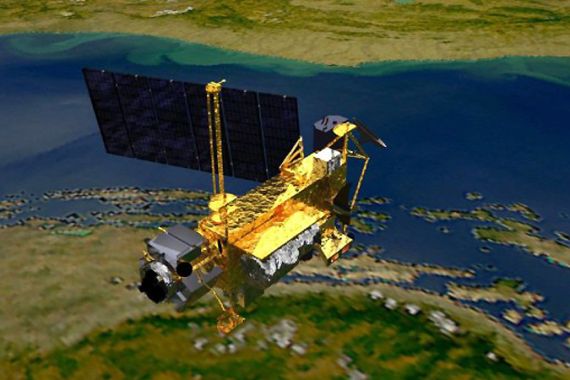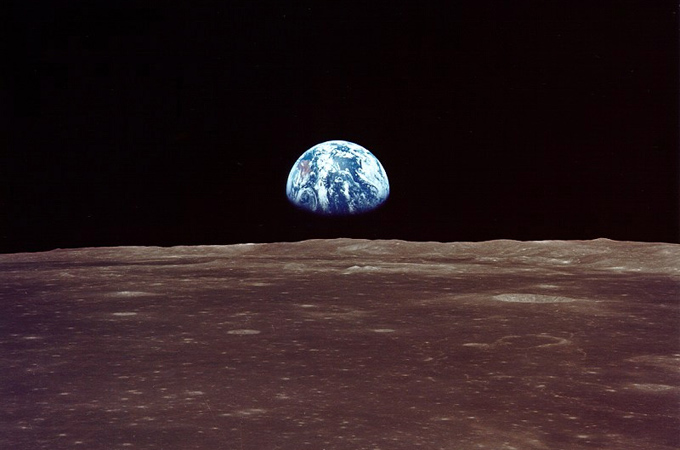NASA satellite plummets over the Pacific
Space experts have a “good feeling” no one was hurt but are uncertain whether it mostly fell onto land or water.

 |
| Defunct satellite passed over Canada and Africa, as well as vast areas of the Pacific, Atlantic and Indian oceans [AFP] |
The six-tonne Upper Atmosphere Research Satellite belonging to NASA, the United States space agency, has plunged to earth, showering debris over a still unknown part of the planet.
The bus-sized satellite first penetrated Earth’s atmosphere somewhere over the Pacific Ocean, according to NASA and the US Air Force’s Joint Space Operations Center. But that does not necessarily mean it all fell into the sea.
Keep reading
list of 4 itemsCould shipping containers be the answer to Ghana’s housing crisis?
Thousands protest against over-tourism in Spain’s Canary Islands
Holding Up the Sky: Saving the Indigenous Yanomami tribe in Brazil’s Amazon
NASA’s earlier calculations had predicted that the 20-year-old former climate research satellite would fall over a 800km swath and could include land.
Because the plummet began over the ocean and given the lack of any reports of people being hit, that “gives us a good feeling that no one was hurt”, but officials didn’t know for certain, NASA spokesman Steve Cole told the Associated Press.
Risk ‘remote’
The UARS, stretching 10.6 metres long and 4.5 metres in diameter, is the largest US satellite to plummet uncontrolled into the atmosphere in about 30 years.
It is slimmer in comparison to NASA’s 75-tonne Skylab station, which crashed to earth in 1979. Russia’s last space station, the 135-tonne Mir, crashed into the Pacific in 2001, but it was a guided descent.
NASA now plans for the controlled re-entry of large spacecraft, but it did not when UARS was designed.
 |
| Space debris weighing up to 500kg is believed to have survived incineration [EPA] |
The 5,897kg satellite was dispatched into orbit by a space shuttle crew in 1991 to study ozone and other chemicals in the atmosphere.
It completed its mission in 2005 and slowly lost altitude ever since, pulled by the planet’s gravity.
Most of the spacecraft is likely to have burnt up during its descent through the atmosphere, but about 26 individual pieces, weighing a total of about 500kg, are believed to have survived the incineration and landed somewhere.
With most of the planet covered in water and vast uninhabited deserts, the chance that someone could have been hit by falling debris is 1-in-3,200, NASA said.
“The risk to public safety is very remote,” it said.
ROSAT expected
Meanwhile, a German satellite is set to smash into Earth next month and the odds are even shorter that it could come down in a populated area.
The UK’s Telegraph newspaper said on Saturday: “The 2.4-ton Röntgensatellit, or ROSAT, has been spinning through space for 12 years after it was switched off in 1999 after its guidance system broke … However, it is now believed that pieces of space junk weighing up to 400kg could smash into the planet’s surface as early as the end of October.”
Approximately 20,000 pieces of space debris are in orbit around earth. Something the size of UARS falls back into the atmosphere about once a year.